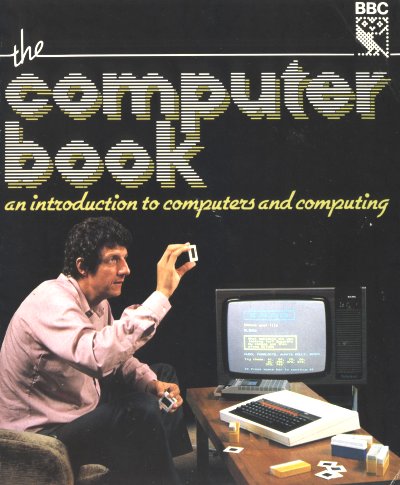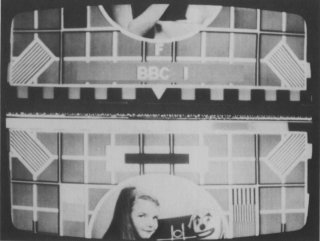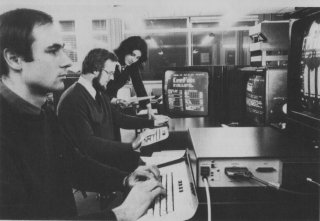 |
The Teletext Museum. |
|
|||||||||||
TELETEXT FEATURES
| TELETEXT AND PRESTEL from The Computer Book, published in 1982 Both broadcast teletext and the GPO's Prestel services are sources of a great variety of information which can be received and displayed on the television screen. Collectively they are referred to as 'viewdata'. Teletext uses a hitherto unused part of the television signal to send digitally-coded information through the air; Prestel sends similar information down the telephone line and then through a special adaptor into a television receiver. Teletext is free but is only able to transmit information in one direction; Prestel costs the user the price of a telephone call with additional charges for some of the pages of information supplied but it is possible to send information in both directions along the telephone line, which means that Prestel is capable of two-way communication. The digital data supplied by these services can be read by attaching decoding devices to the computer and can then be stored in the memory. The data could be straightforward information - like news, weather or stock market figures, or it could be an interactive computer program, in which case it is called telesoftware. Viewdata represents a way in which computer software will be distributed in the near future. Teletext will provide a free service; Prestel software could be commercial, paid for through the telephone bill. Both Prestel and teletext are systems pioneered in Britain. The two systems have been developing independently but do use a common way of presenting information on the screen; the microcomputer with add-on teletext and Prestel decoders may be the means of bringing the systems together in a powerful new way. |
 |
 |
The digital information which makes up the BBC's Ceefax service is seen here as a row of dots which seem to 'run along' the top two lines of the television picture. A suitable decoder converts this into pages of text on the screen. |
 |
Ceefax editorial staff compiling pages - in this case an index and a financial page. |
 |
A Ceefax page of 'Telesoftware' designed not to be read but to be loaded automatically into a suitably connected microcomputer, which can then run the program. This makes teletext capable of being a vehicle for 'interactive' material. |
Mark Cook comments:
The front cover of the book shows Chris Searle using a BBC Micro
running a program to help him catalogue his slide collection. However, at the time the
book was being written and put together (late 1981), the BBC Micro wasn't finished (the
delays in shipping became almost legendary). That didn't stop the BBC releasing the
accompanying book and TV series, even though nobody had a computer to go with them, and
what you see on the cover is the wooden design mockup and a Teletext TV showing a
specially broadcast Ceefax page. Such is the magic of television.
Teletext Timeline | An Evening with Ceefax
|
|||
|